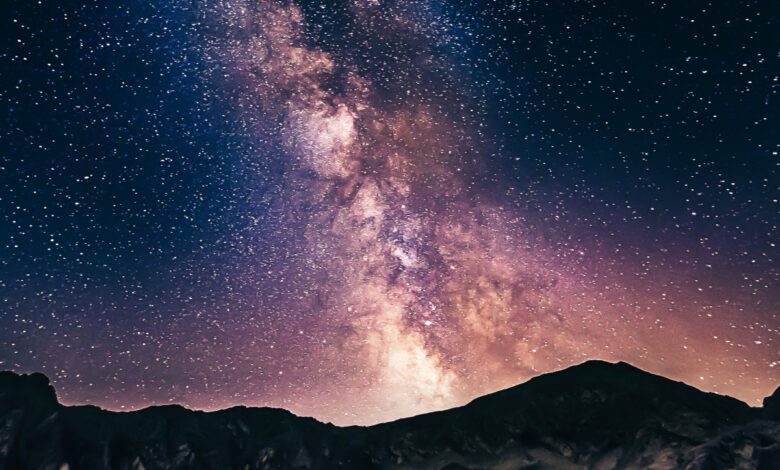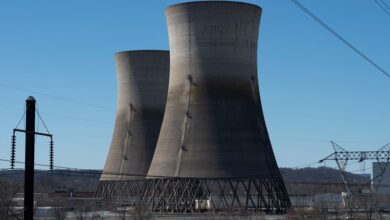
The area of the world we live in is bigger than we thought. According to new research, the intergalactic supercluster that hosts the Milky Way may be part of a “gravitational basin” that is 10 times larger than what we currently call home.
The universe is full of basins of attraction (BOA); Areas where everything is pulled inward by massive physical gravity. BOAs can be nested like nesting dolls. For example, the Moon is in the gravitational basin of the Earth, and the Earth, along with other objects in the solar system, revolves around the Sun, which itself spirals around the supermassive black hole at the center of the galaxy.
However, the story does not end here. The next layer of the gravitational basin doll is the Local Group, which includes the Milky Way, the Andromeda Galaxy, and the Triangulum Galaxy, along with small satellite galaxies such as the Large and Small Magellanic Clouds. After that, we have the next layers of the Virgo Cluster with about 2,000 galaxies and the larger Virgo Supercluster. The final known layer is the Laniakia cluster (meaning boundless heaven in Hawaiian); The supercluster, which was first discovered in 2014, has a diameter of 500 million light years, with a number of approximately 100,000 galaxies.









